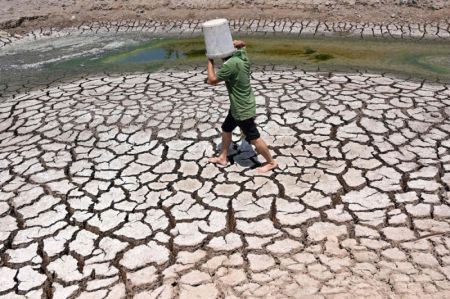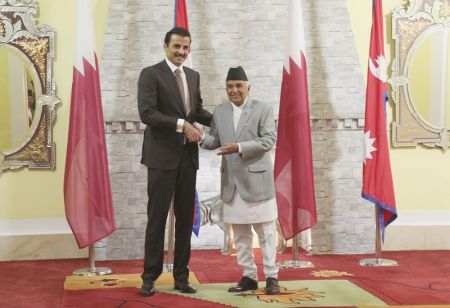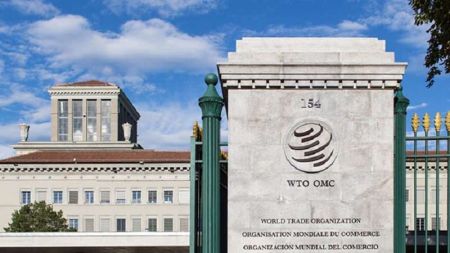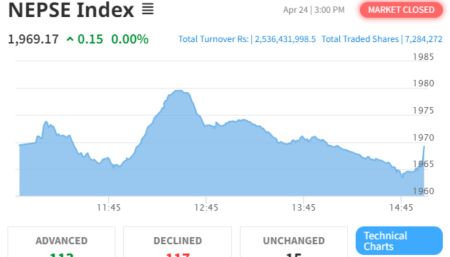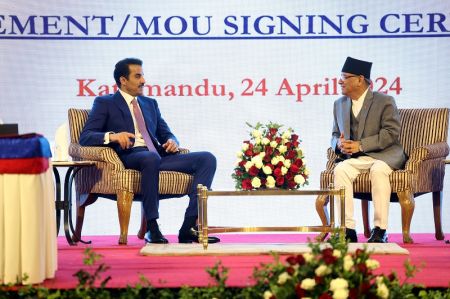The report of the Third Living Standard Survey (TLSS) a month ago declared that only 13 per cent of Nepali people now live under the so called absolute poverty line. Highly encouraging though, this news is the one extremely hard to believe instantly. There are reasons for this suspicion. With only 13 per cent of people below the poverty line, the data puts Nepal in better position than the countries like Russia, United Kingdom, South Korea, Belgium, Germany and Japan with 13.1, 14, 15, 15.2, 15.5 and 15.7 per cent of people below the poverty line, respectively.
Nepal's ground realities regarding the factors that could contribute to poverty reduction availability of foods, shelter and job opportunities to the social and economic safeties are in no way comparable to the countries mentioned above, as the examples.

Such drastic reduction of poverty from 12 per cent in 2004 to 13 per cent in 2011 has taken place during the most adverse political climate in the country's history. There was civil war of sorts until 2006. Since then, political instability has gravely affected the industrial and business climate. In absence of elected local governments for over a decade now, service delivery mechanism is in virtual ramshackle. No substantive FDI has flowed in. No other economic indicators are positive to cite under these adversities. Such an astonishing improvement in poverty situation is a real paradox.
Only reason attributed to the impressive improvement is the somewhat consistent inflow of the workers remittances. But, given the fact that majority of Nepali workers going abroad for meagrely paid jobs, it is hard to believe that this single phenomenon can make such a huge difference.
Therefore, the date catered to the people by the government agencies are either deliberate lies or, if that is not the case, we have adopted some highly flawed method in conducting the research for TLSS.
In fact, the task of measuring poverty is in itself a very complex affair. It is more so in a country like Nepal where competent and independent research institutions are, in real terms, non-existent. And, citizenry and other stakeholders of economic activities have no alternative but to mime government agencies like the National Planning Commission and Central Bureau of Statistics.
Our universities and other independent institutions have so far failed to generate comparable, or at best, countering data on the various aspects of the country's economy, including poverty.
These factors have combined to raise serious questions on Nepal's credibility in international community. Culprits to this have been none other than the government agencies involved. The situation warrants more credible and pragmatic approach in counting our poverty.








